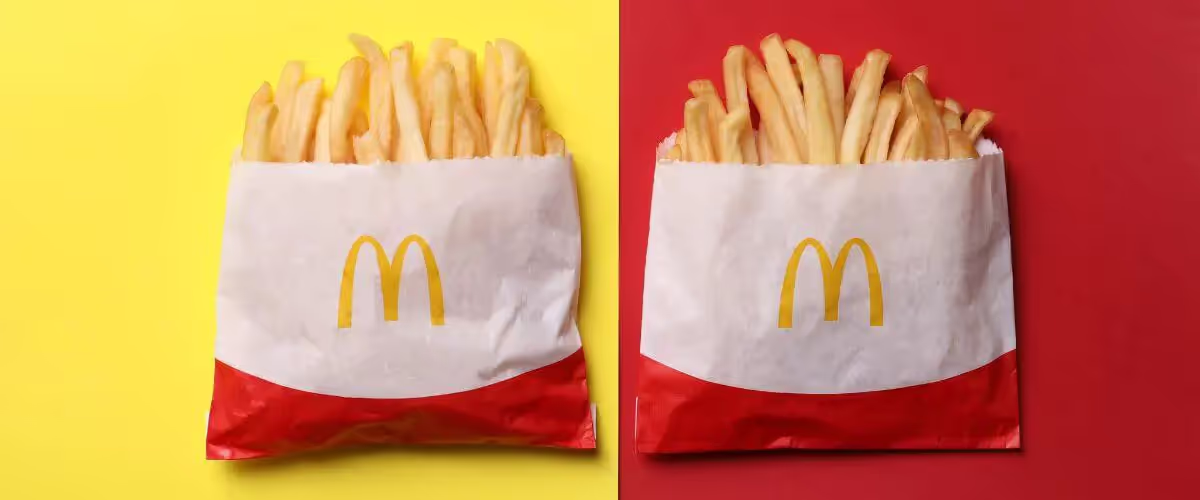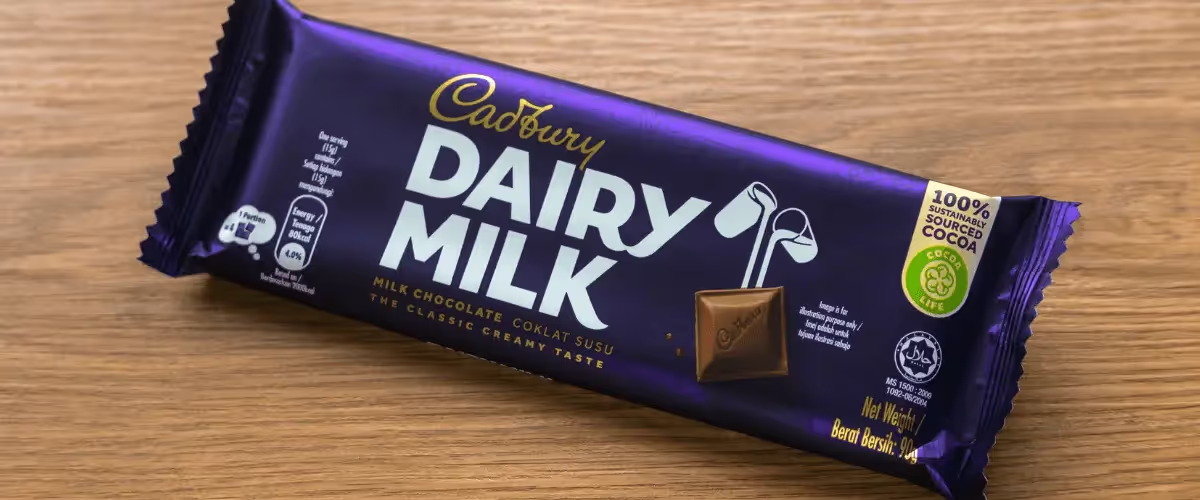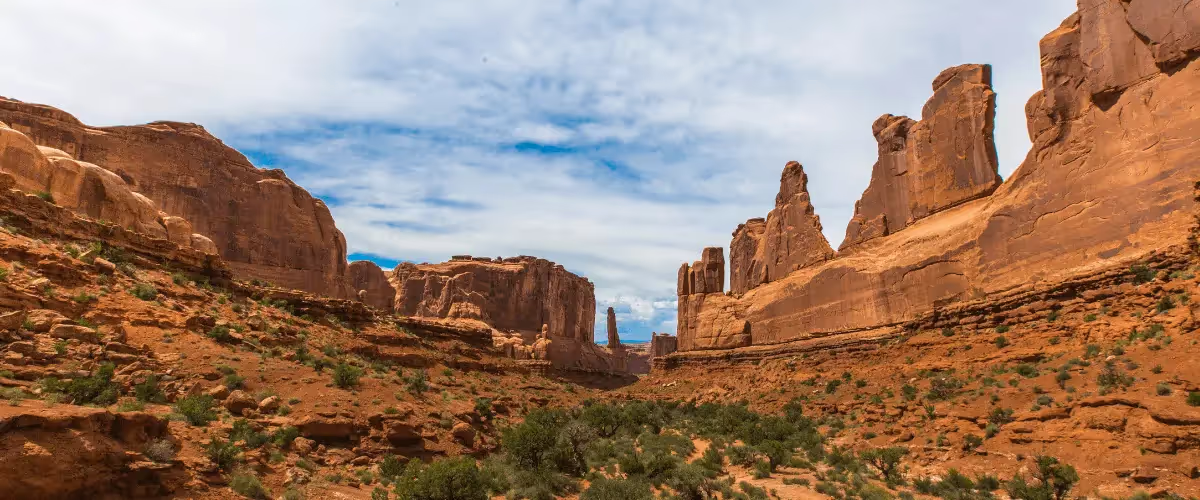How Did Clever Marketing Make Glastonbury Famous?
June 19, 2023

The 21st of June marks the annual return of one of the biggest festivals, Glastonbury. Last year the Festival saw 250,000 people attend and broke new records for having the highest volume of digital audiences, with the BBC broadcasting to 34 million people on iPlayer alone. The Festival’s Facebook page has just under 1 million likes, and its Instagram boasts approximately half a million followers. If being a huge part of modern British culture wasn’t enough, Glastonbury brings in £100 million in revenue to the UK’s economy.
Started With Free Milk, Now We Here
The origins of Glastonbury are humble, to say the least. According to the V&A Museum, the first Festival at Worthy Farm took place in the Summer of 1970; 1,500 people attended it, and admission was £1, which included free camping and free milk (that’s one hell of a deal).
So, how did Glastonbury go from this to one of the biggest music events? The answer is a genius marketing strategy.
The Early Days
Before its first televised broadcast in 1994, the Festival relied on word of mouth to grow. It did this by appealing successfully to the counterculture movement of the ‘70s, A.K.A hippies, and secured the performance of huge artists, such as Bowie, in 1971. As the Festival gained more and more popularity, Glastonbury also established itself as a powerful voice for social and political change and for raising money for important causes. For example, in 1981, proceeds went to the Campaign for Nuclear Disarmament, a partnership that continued up until the end of the Cold War.
Growing in size and reputation, Glastonbury began to attract some of the biggest names in music at the time, with performances by Van Morrison, the Boomtown Rats and The Cure. Celebrity endorsement and its political stance worked synonymously to drive the volume of attendees as well as enhance the event exclusivity.
POV: You Have FOMO
Never underestimate the power of FOMO, especially when it comes to digital marketing. Once Channel 4 began broadcasting the Festival in 1994, ticket prices soared. Allowing more people to watch performances on TV also increased demand for in-person tickets. By 1999 the Festival had reached a capacity of 100,500, and the ticket price was £83.
The Naughties
The 2000s saw a huge shift in direction for the Festival. Conscious decisions were made to remove brand sponsorship, and headliners such as Jay Z were introduced to the line-up, a big difference from the typically favoured Rock bands of previous decades. Despite its controversy, the move was successful, and to this day, Glastonbury continues to host a marvellous mix of genres, as well as global and local artists.
Fast Forward to the Present
Even in 2023, Glastonbury stands by its original values. The Left Field is a stage for political debate and provides an active programme of talks and performances. The Green Fields provide a space where green politics and environmental issues are discussed. In 2019, David Attenborough took to the Pyramid Stage (the main stage), where he called for climate action. Glastonbury continues to donate profits to Greenpeace, Oxfam, and WaterAid in a continuation of its philanthropic mission.
The Key to Success
There are a few clear reasons why Glastonbury Festival is a marketing success story:
- A clear brand: Since its creation, Glastonbury has made its social and political stance clear. The Festival also attracts artists who align with the event’s values, and in turn, their huge fan bases follow. By sticking to its brand, Glastonbury has become iconic, influential, and exclusive.
- Celebrity endorsement: Getting big artists like Bowie involved in its second year definitely helped boost the reputation of the Festival. Today, performing at Glastonbury is a rite of passage for many of the world’s performers!
- Experiential marketing: The organisers of Glastonbury worked so hard on making the festival good that people couldn’t help but love it. We’re not saying free milk is the key to brand success, but it sums up nicely how small acts can improve customer experience. When it was later televised, the use of close-up shots of crowd members convinced the world they were missing out on the party.
The world of digital marketing can be a little wild, with app updates, changing algorithms, cookies, and more. However, nothing can beat the value of a good customer experience! If you’re looking to take your brand to the next level in 2023, sign up for our free audit here!
Get In Touch
Swipe to Read
.avif)


.avif)
.avif)
.png)
.png)
















.svg)